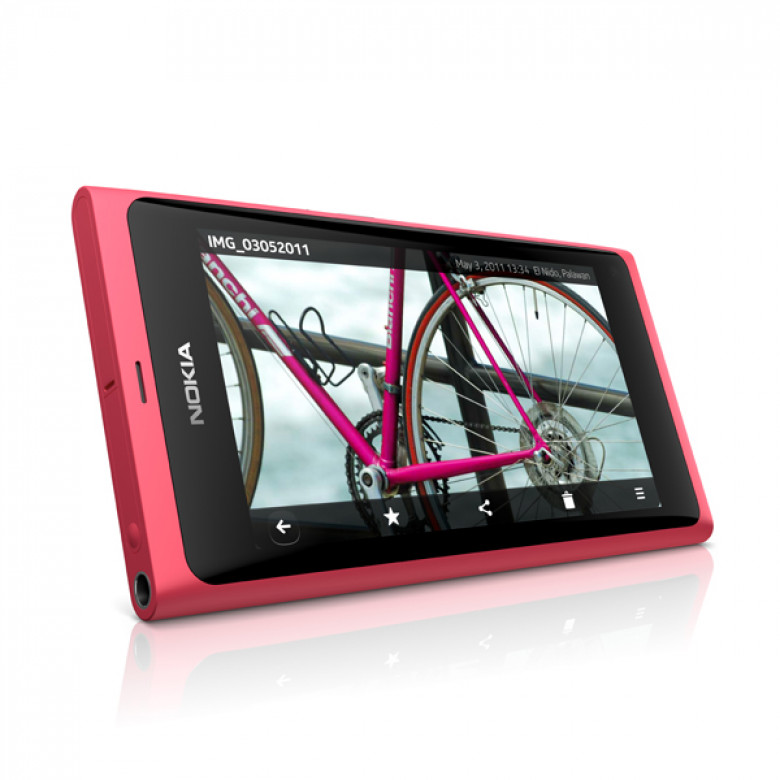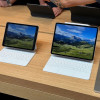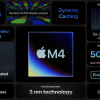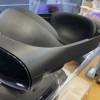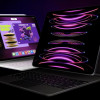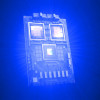Nokia's new MeeGo-based N9 is set up for failure
Nokia has finally announced the long-anticipated N9 handset, the culmination of Nokia's five-step plan to deliver a mainstream Linux-based smartphone. The N9 is an impressively engineered device that is matched with a sophisticated touch-oriented interface and a powerful software stack with open source underpinnings. It's a worthy successor of the developer-centric N900, but it provides a user experience that is tailored for a mainstream audience.
The N9 is the first truly modern smartphone that Nokia has unveiled since the start of finger-friendly interface revolution. Although it's a significant technical achievement, it's sadly a pyrrhic victory for Nokia—the device has arrived a year too late. The Finnish phone giant has already abandoned its Linux platform in favor of Microsoft's Windows Phone 7 operating system.
The N9 has a 1GHz TI OMAP Cortex A8 CPU, 1GB of RAM, a 3.9-inch AMOLED capacitive display, and an 8MP camera with Carl Zeiss optics. The hardware specifications aren't industry-leading, but are still respectable—especially when you consider the fact that much of the software is native code, not hampered by the resource overhead of a managed code runtime. The industrial engineering is outstanding, featuring a curved glass screen and slender polycarbonate body.














































